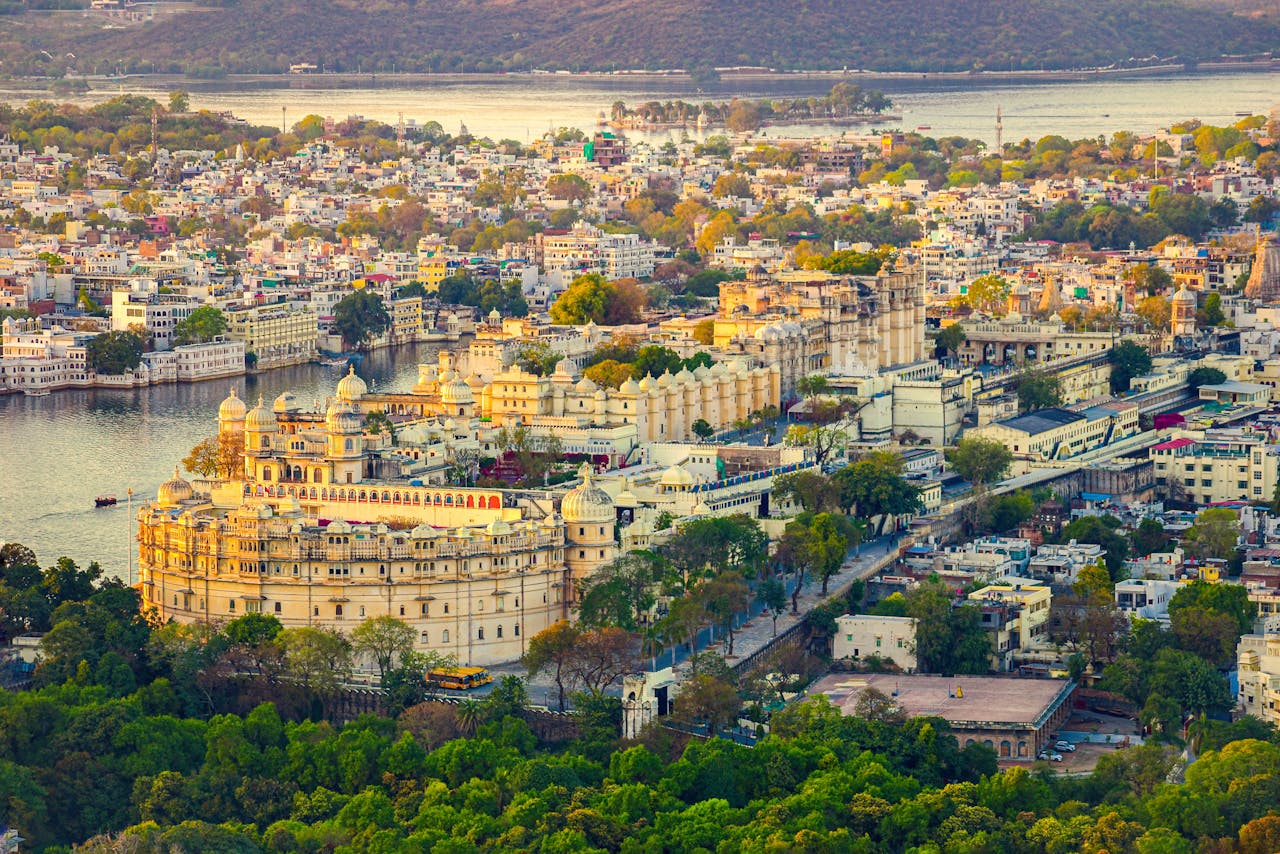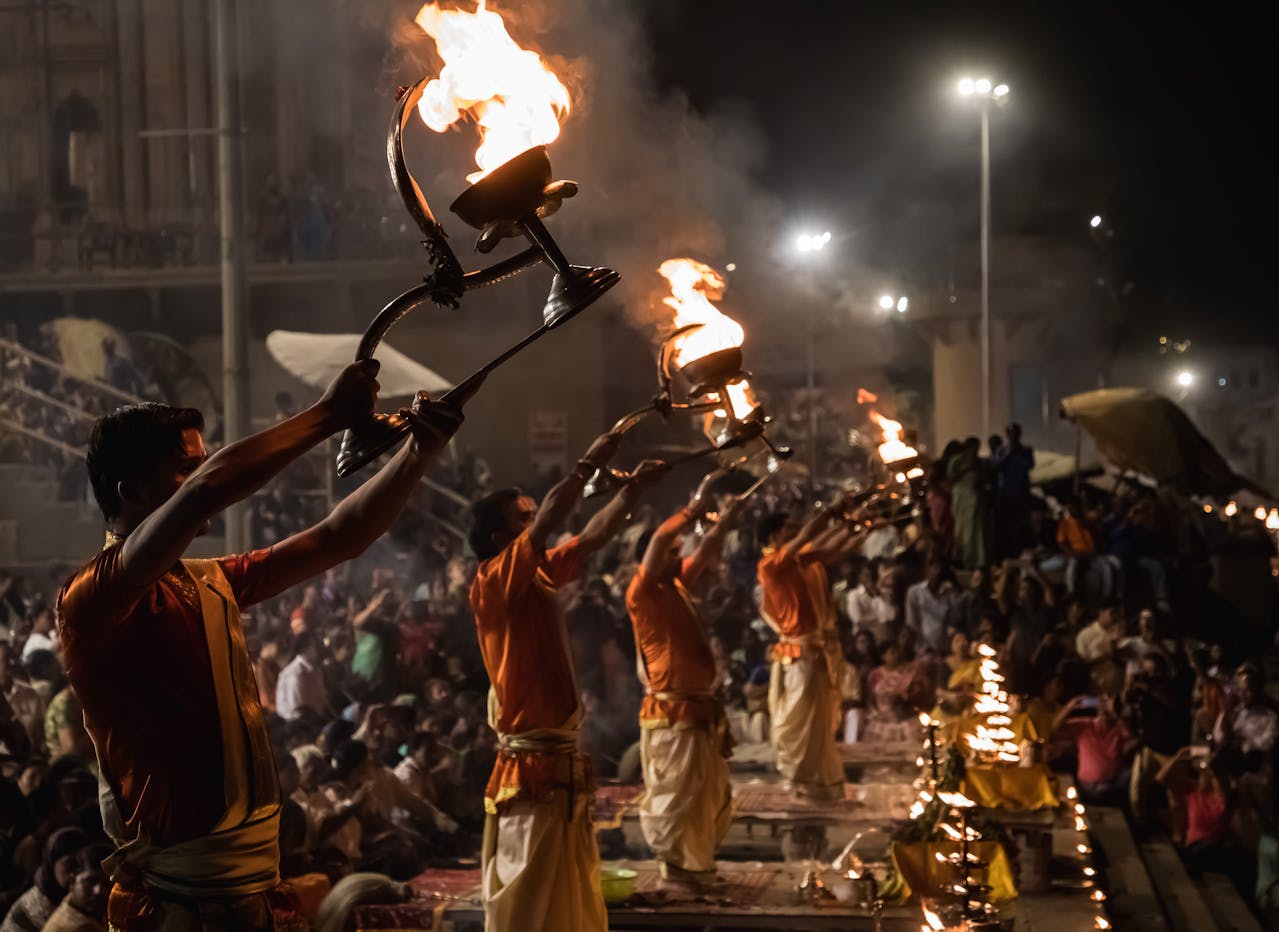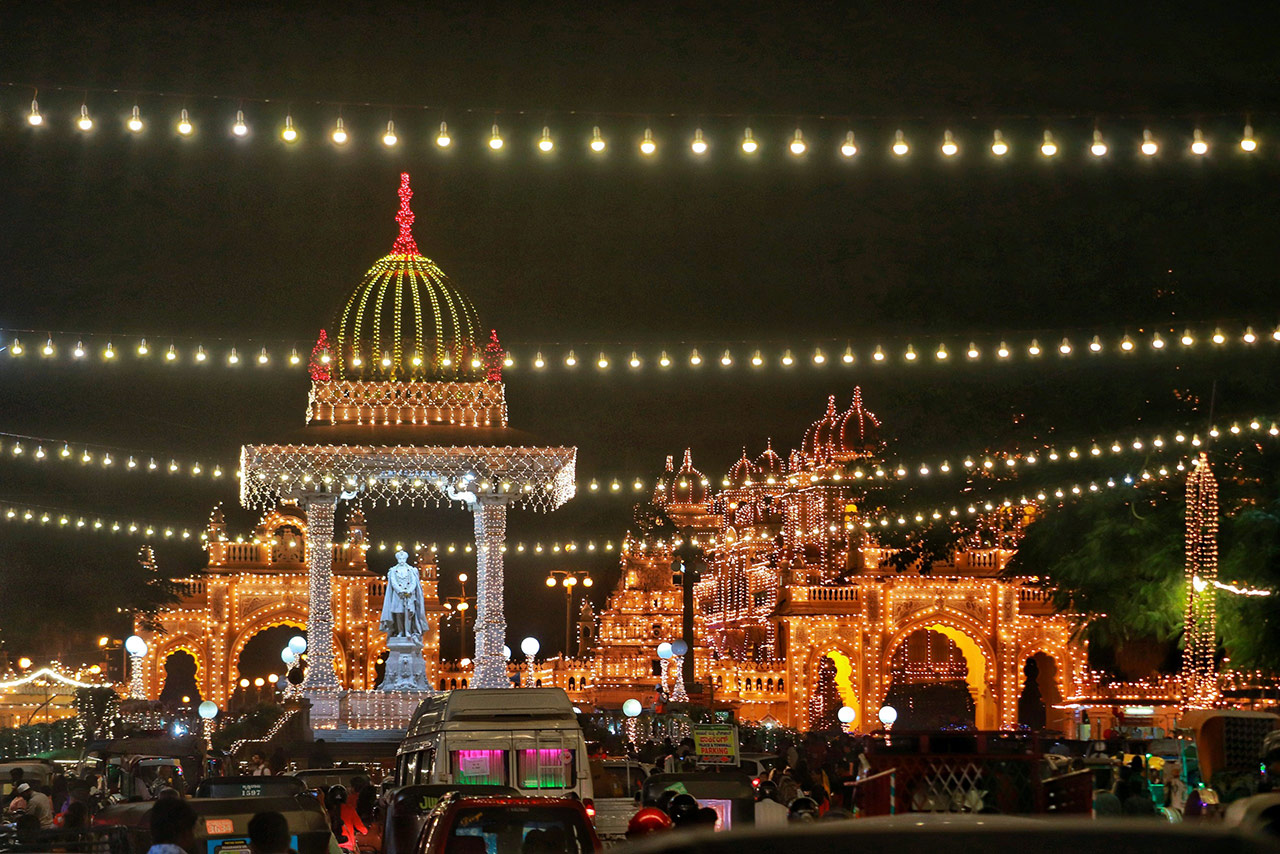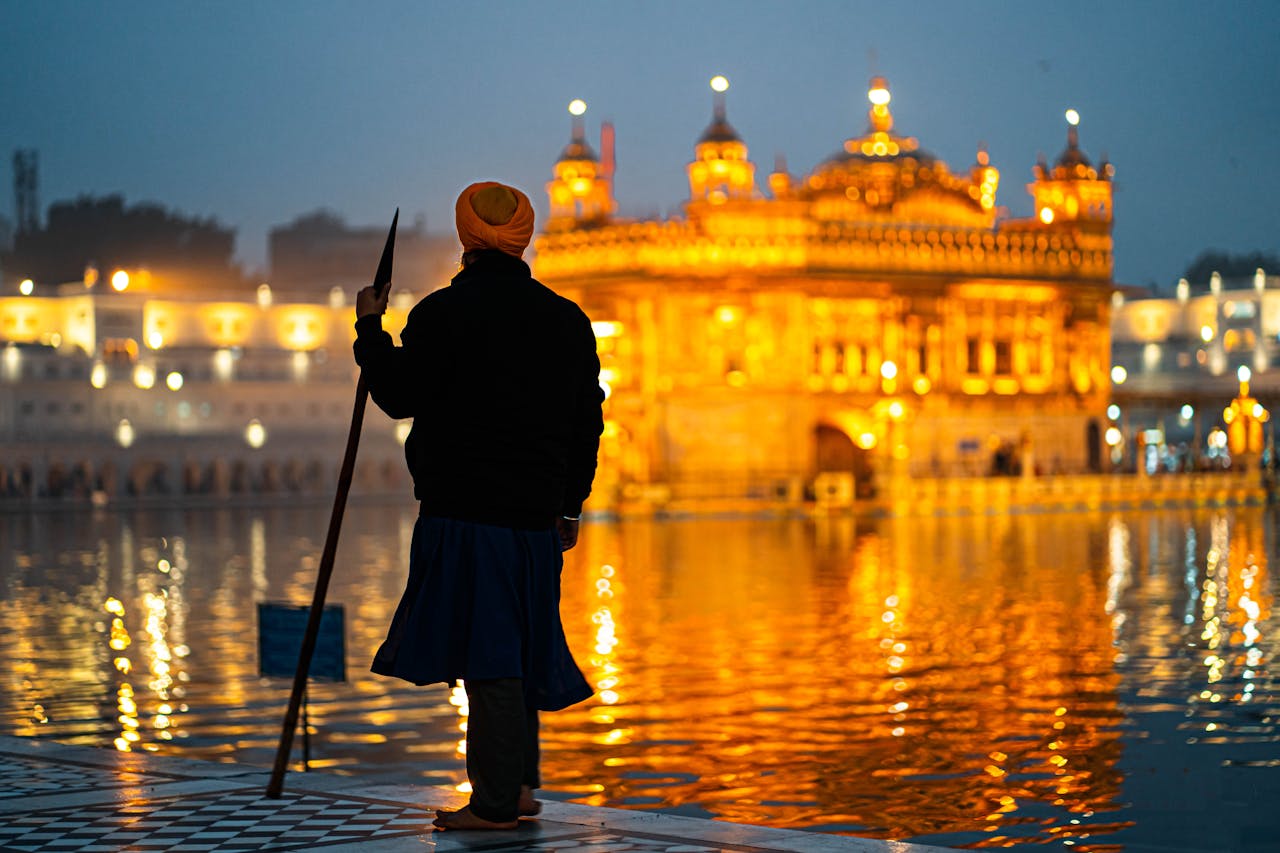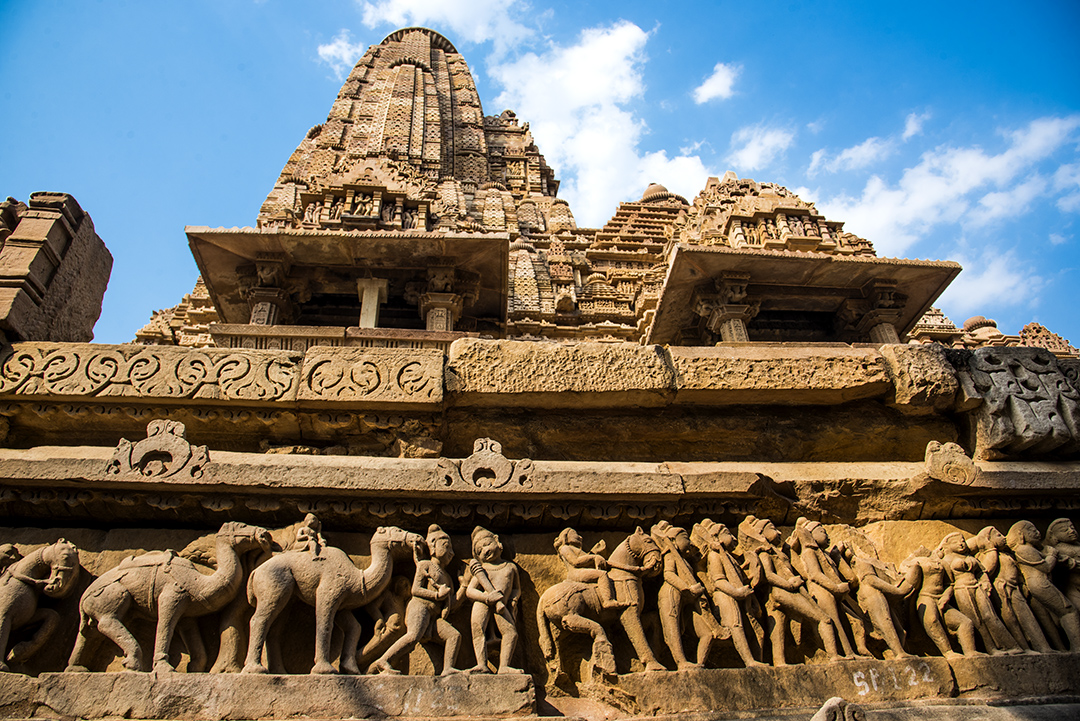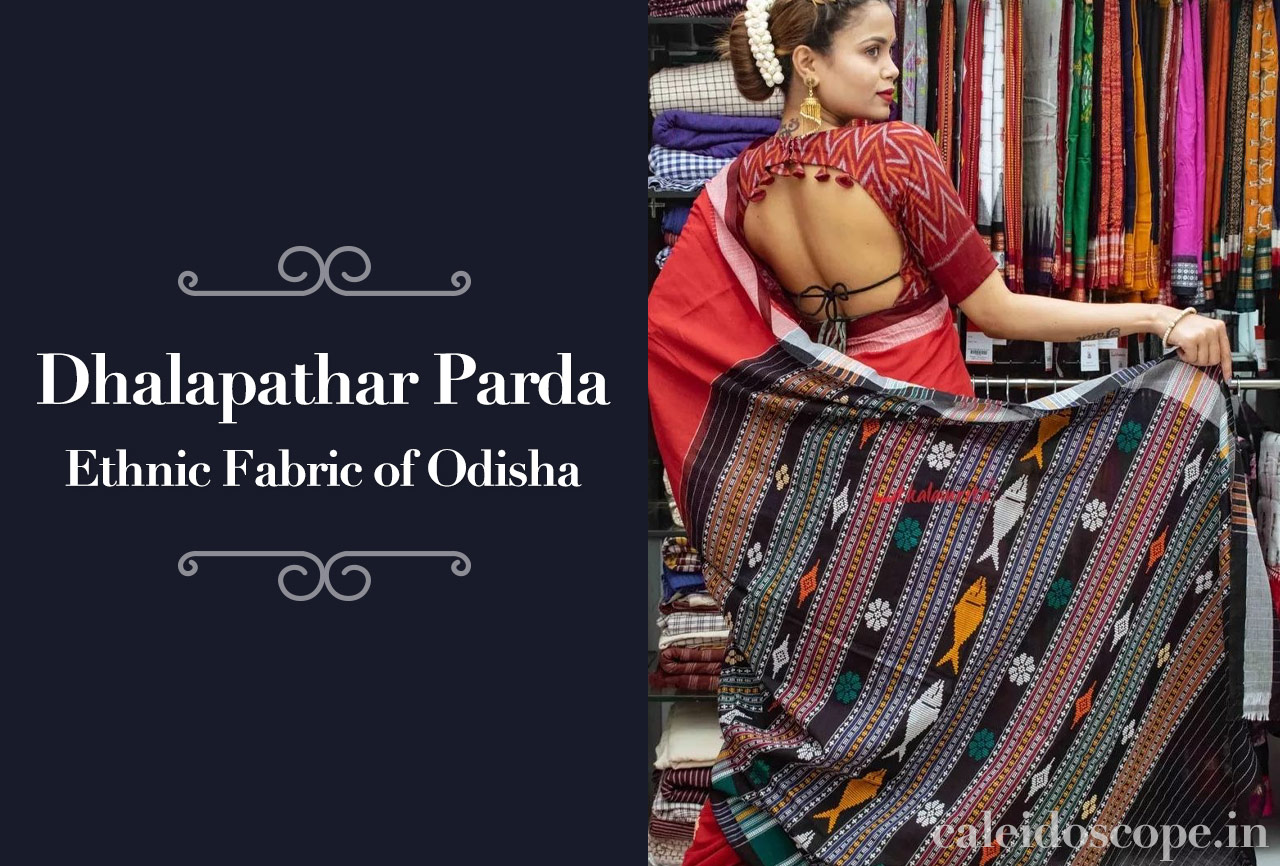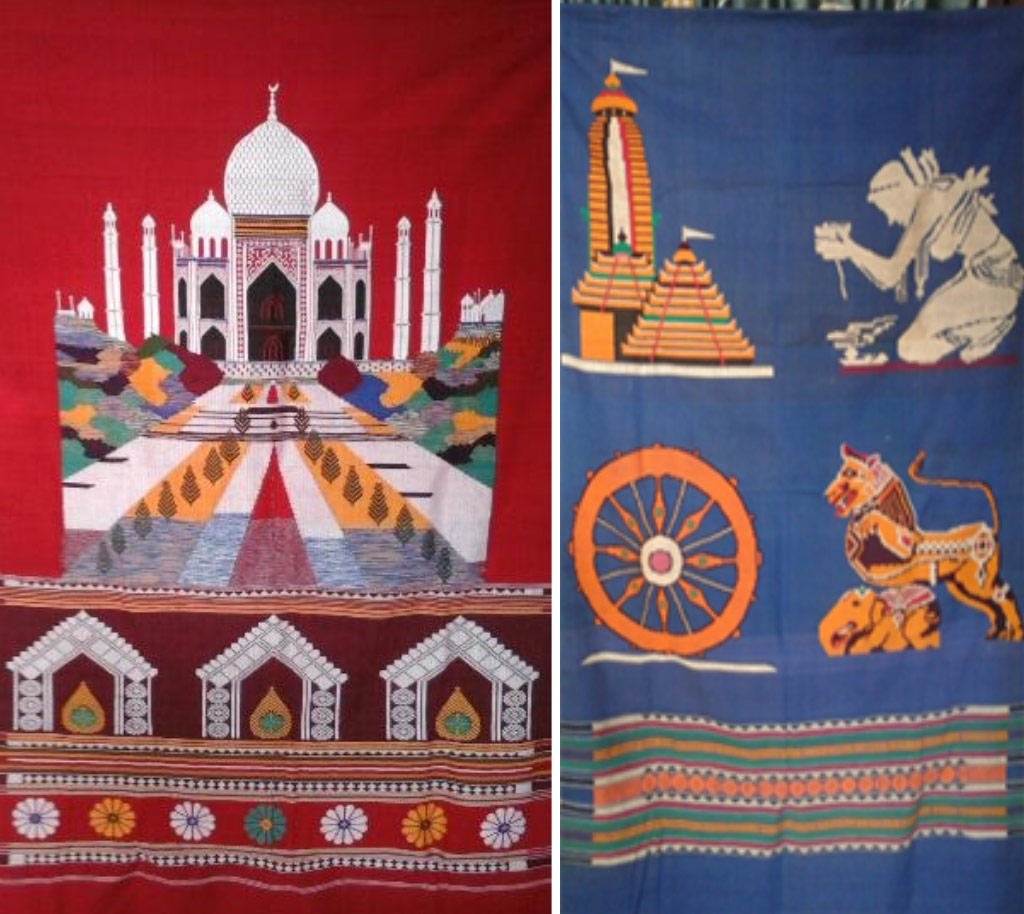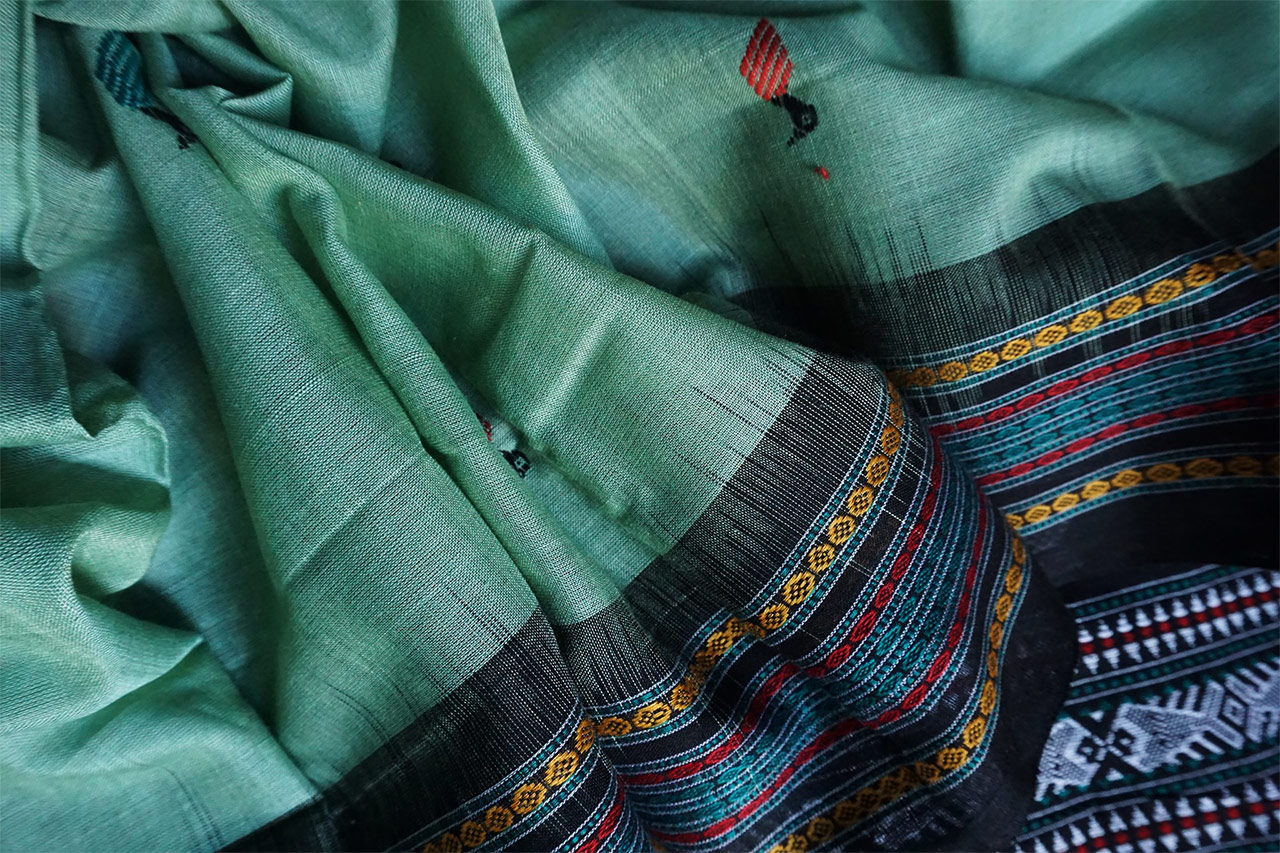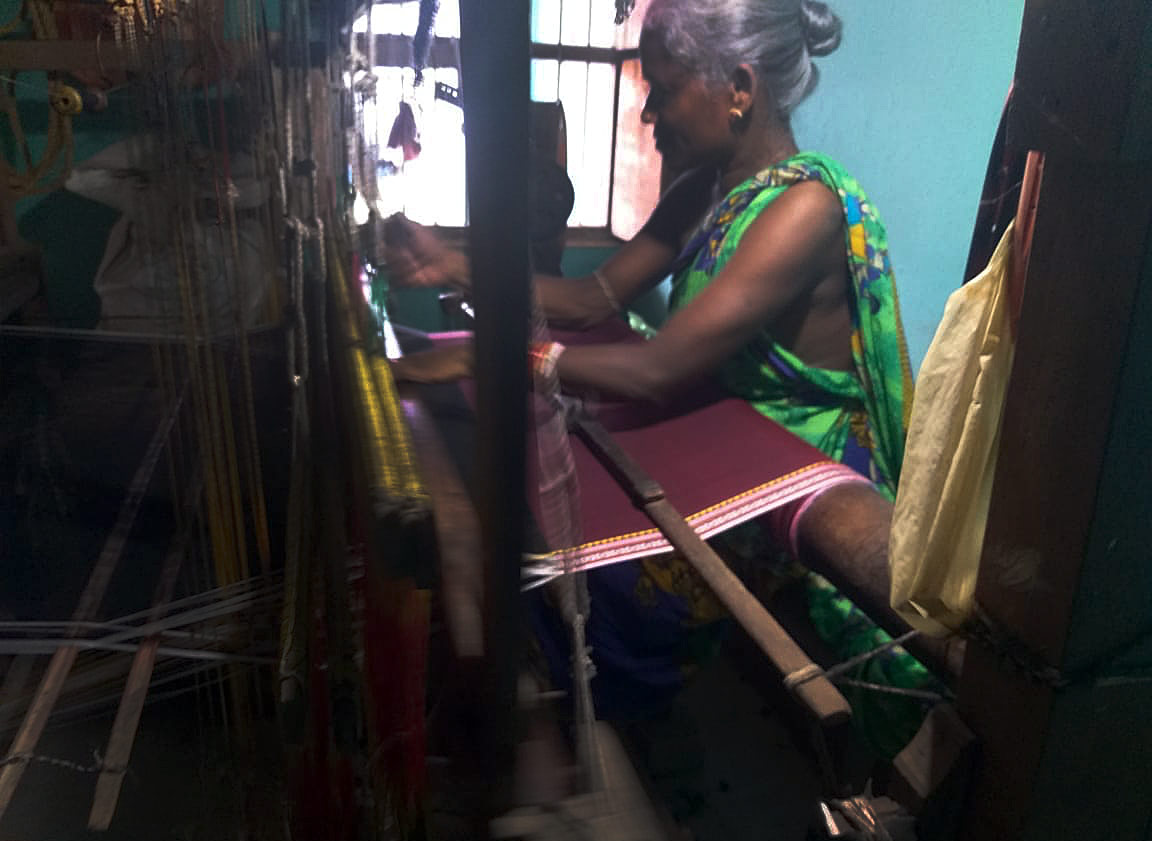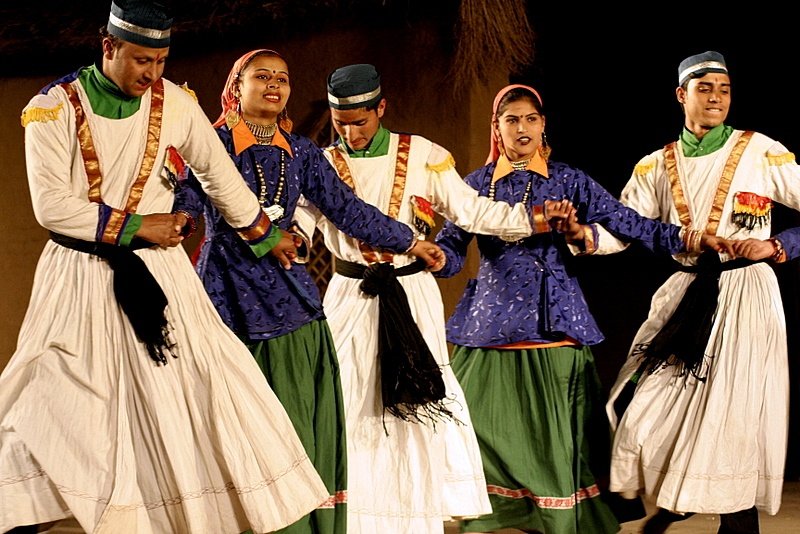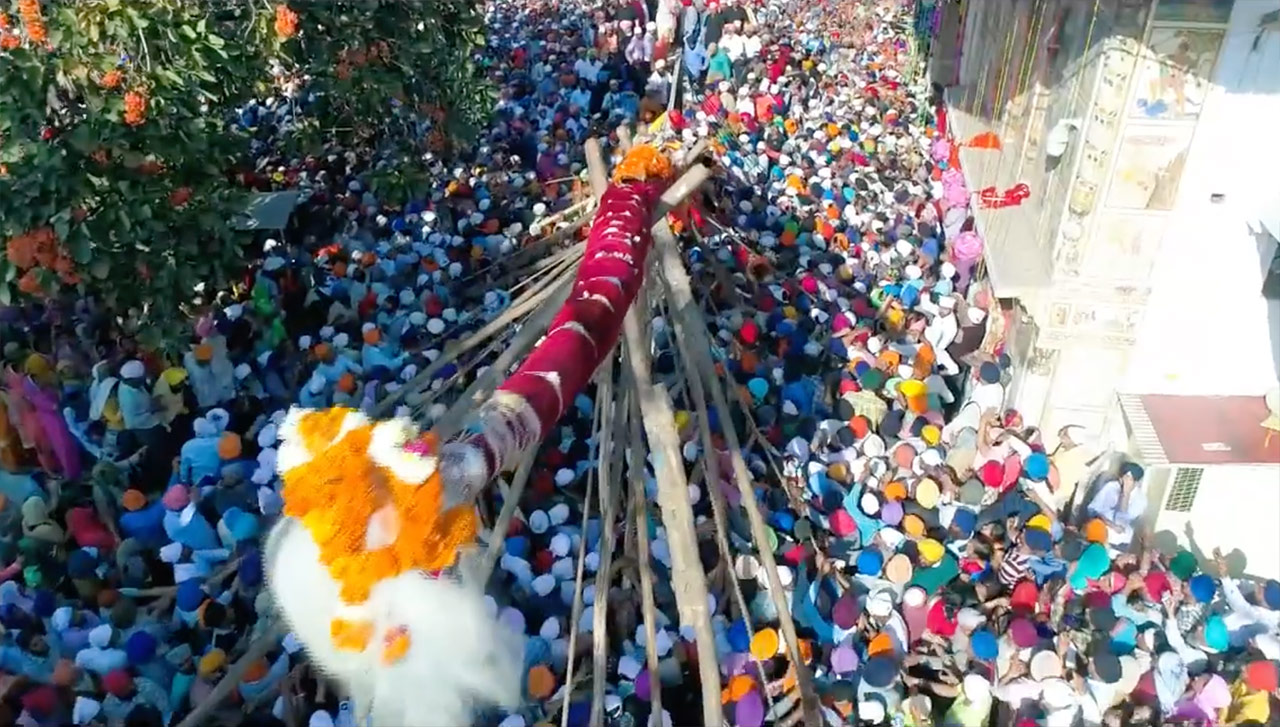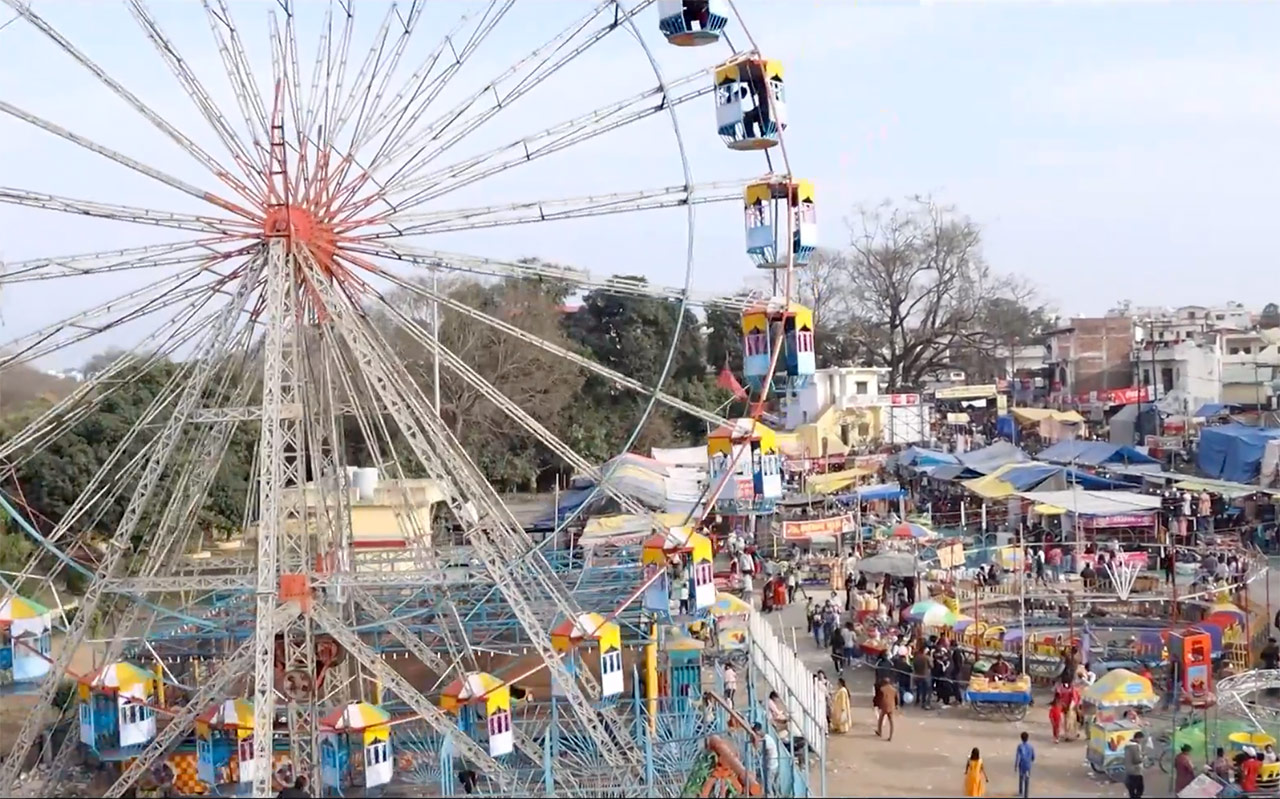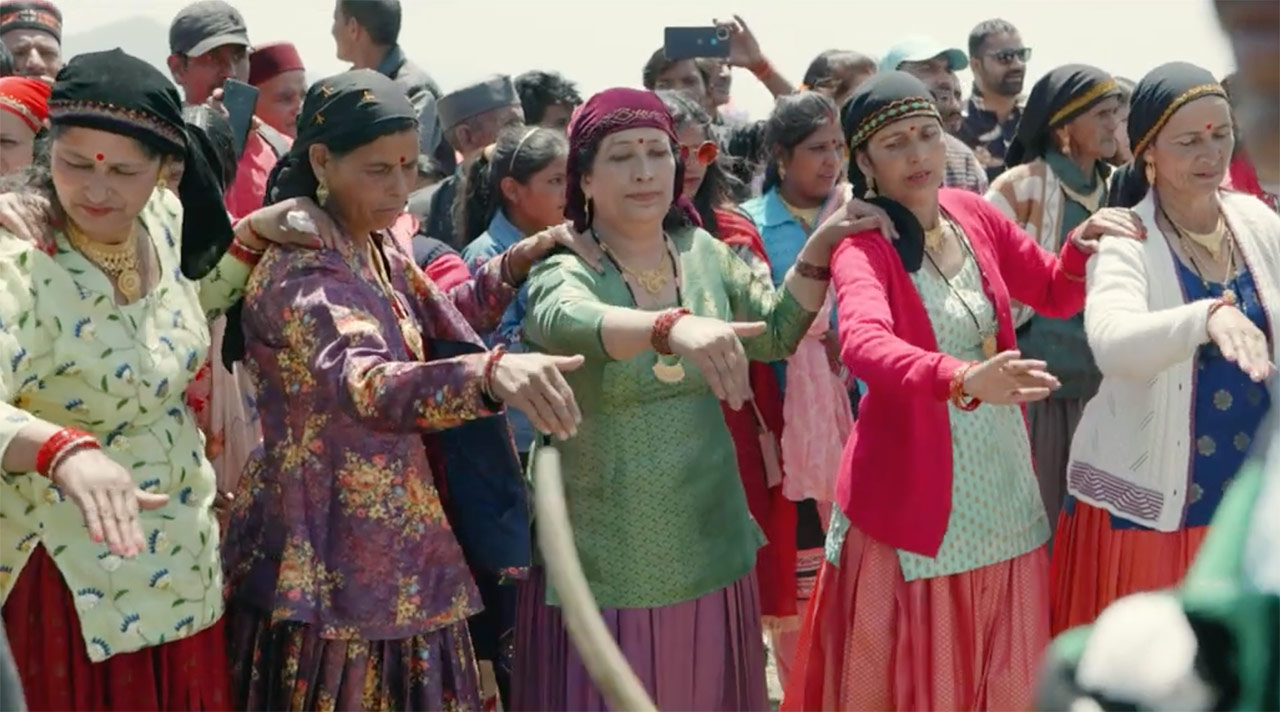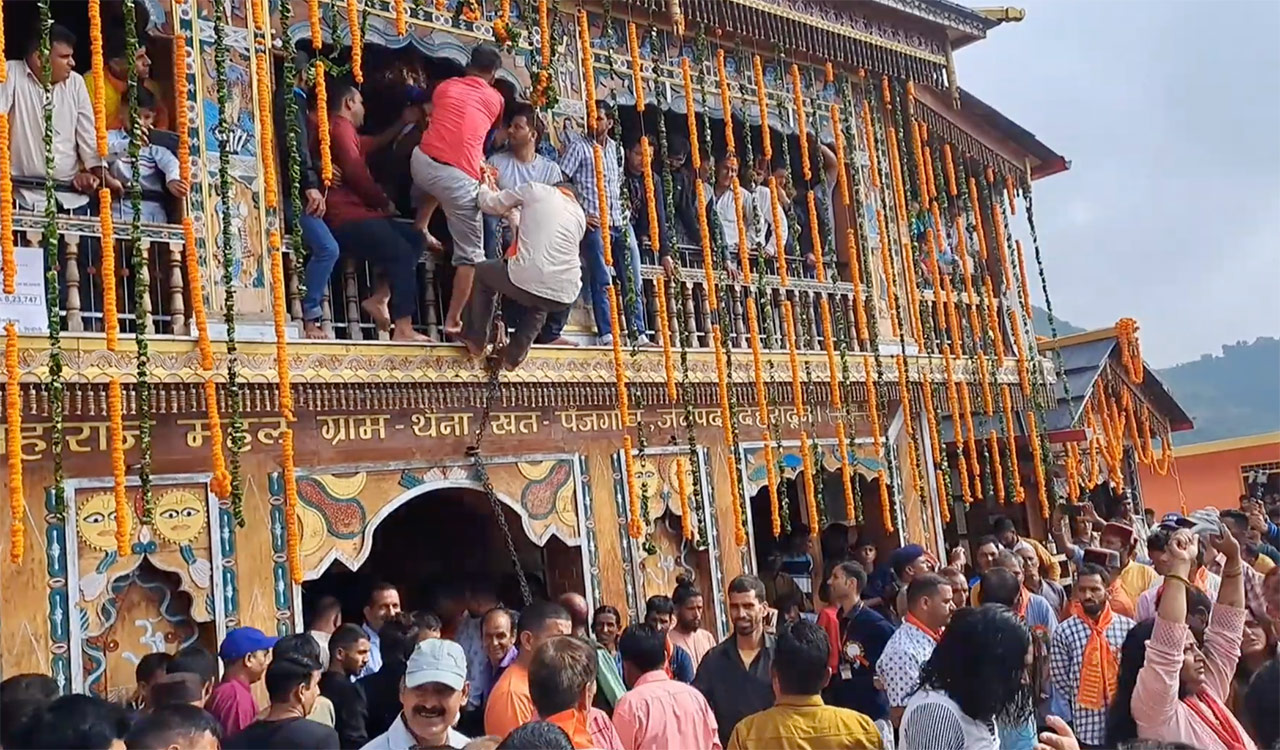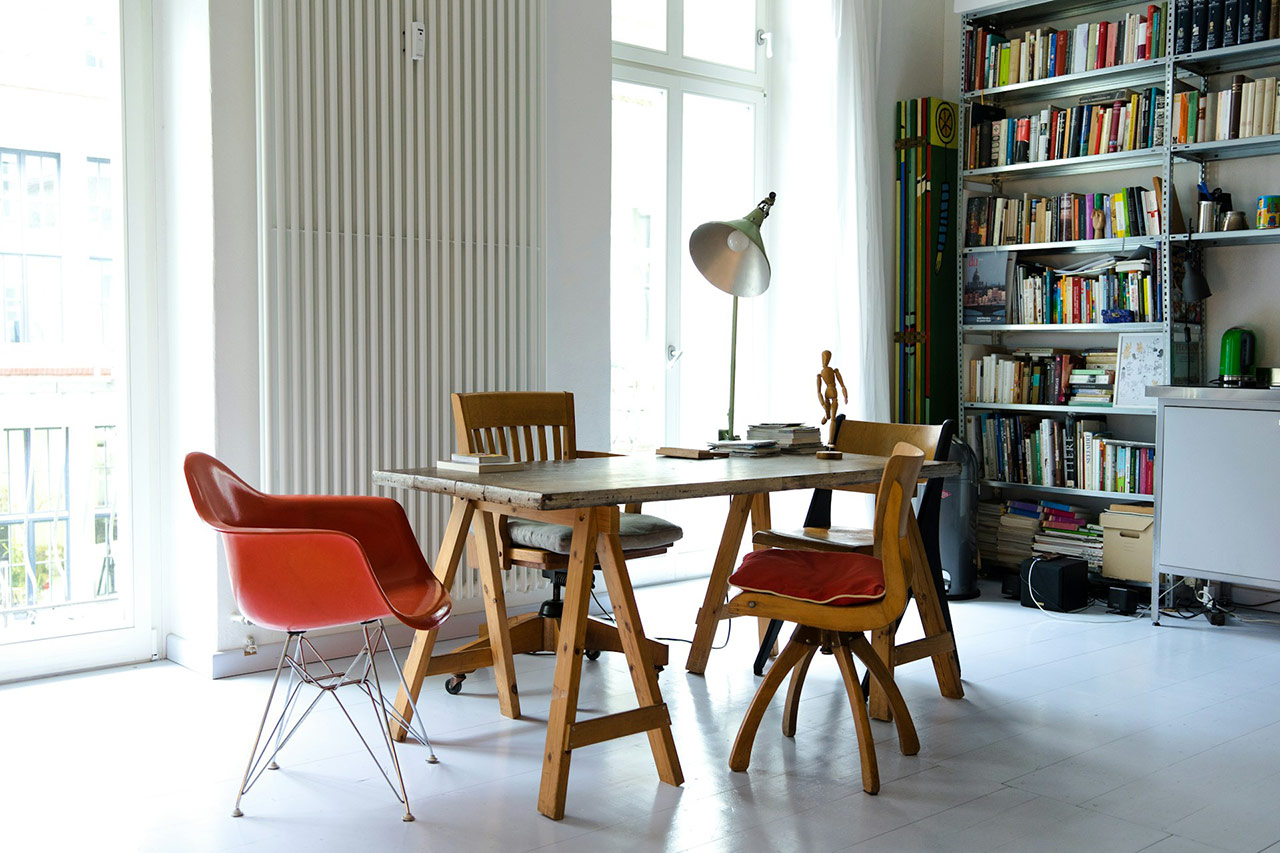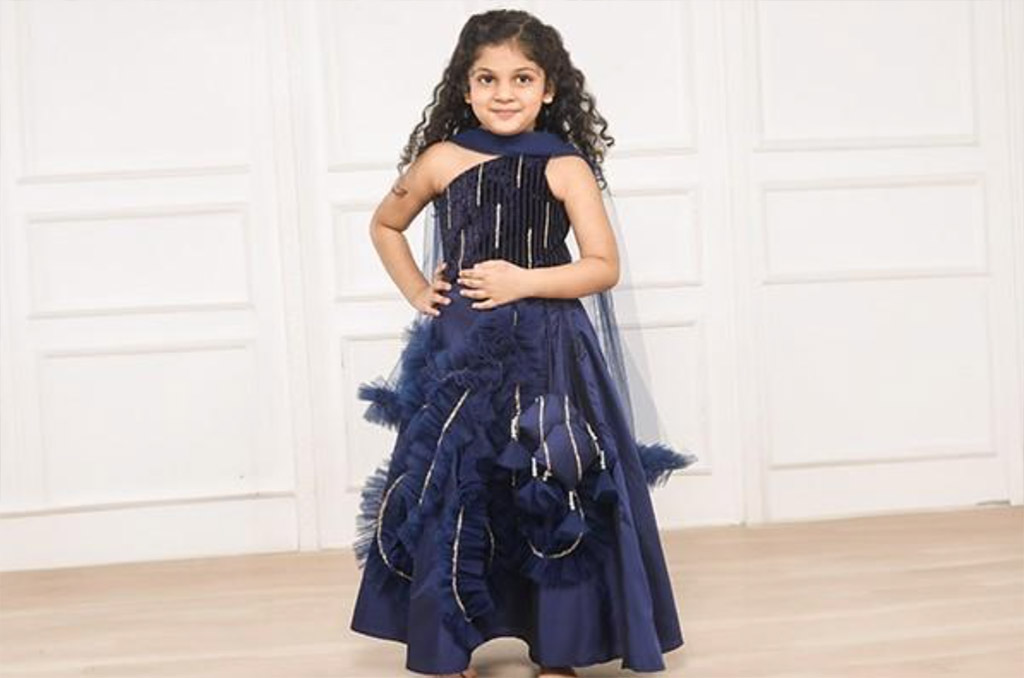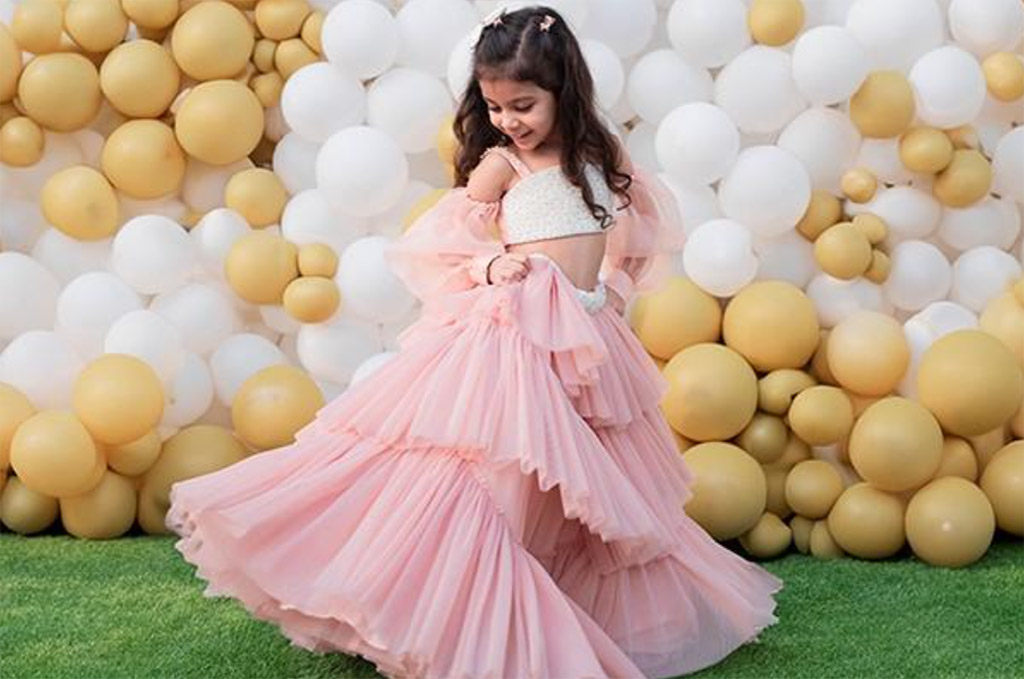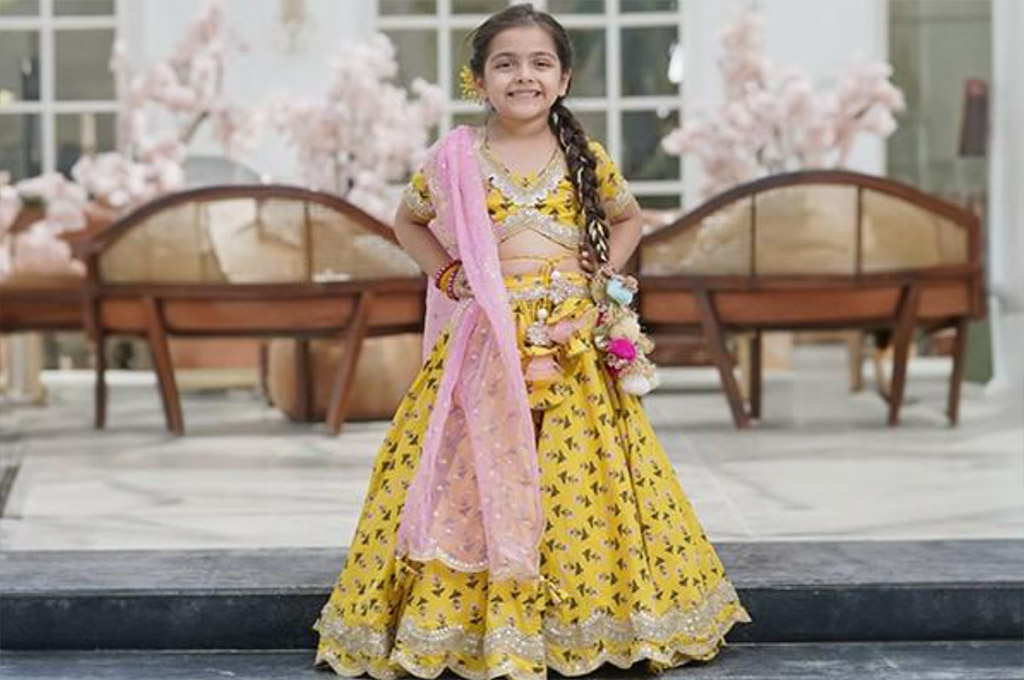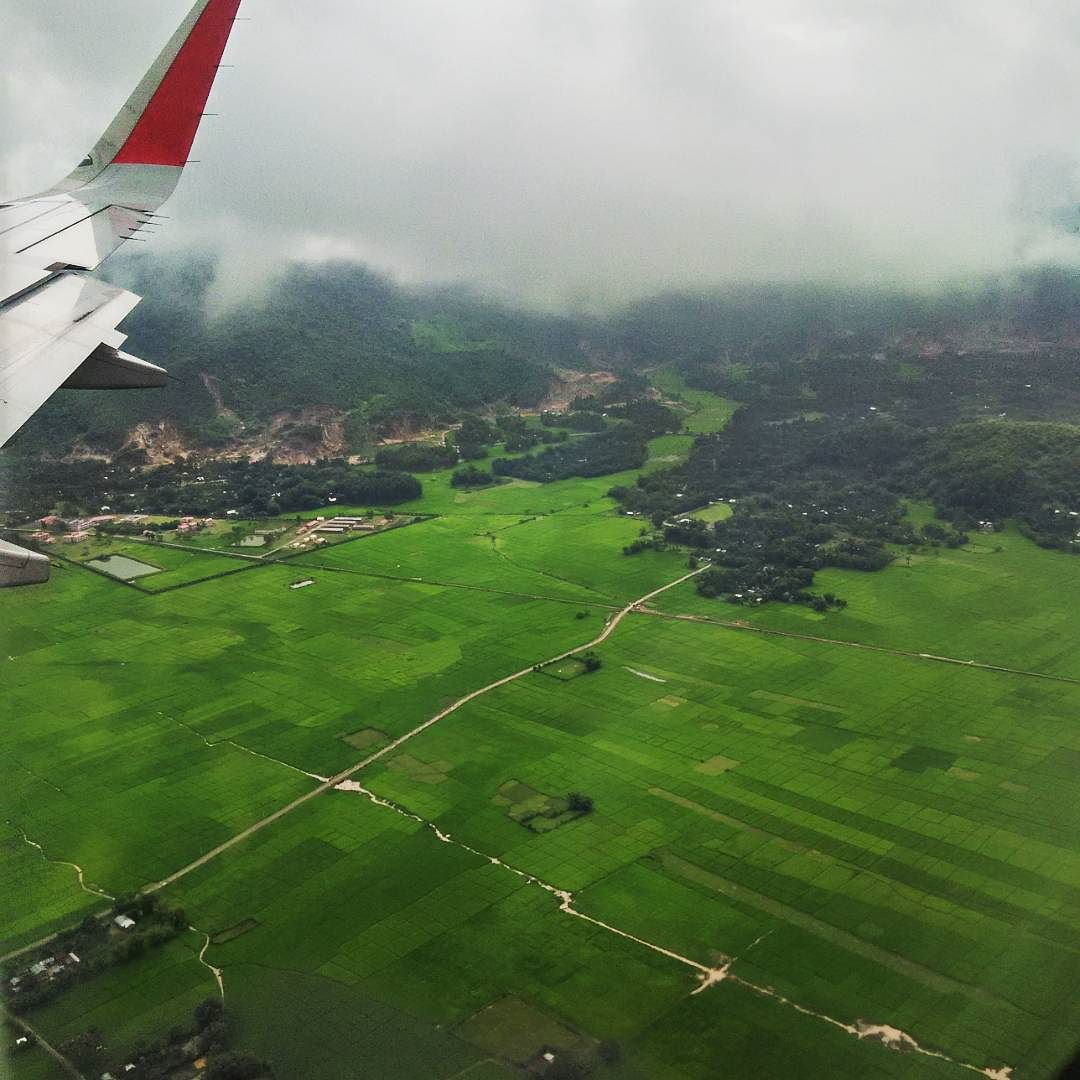![]()
Who was Surdas and why is he still remembered?
Surdas was a 16th-century blind Hindu devotional poet and singer, who was known for his works written in praise of the much-loved Indian deity Krishna. He was a Vaishnava devotee of Krishna, and he was also a revered poet and singer. His compositions depict his unwavering devotion towards Krishna. Most of his poems were written in the Braj language, while some were also written in other dialects of medieval Hindi, like Awadhi. He was born in the 15th century into a Brahmin family of Uttar Pradesh. He is spoken of and popular to this day because of his heart-warming poems written as dohas, a kind of couplet. They are taught at schools in India as well. Several films have been made about the poet’s life. These include: Surdas (1939) by Krishna Dev Mehra, Bhakta Surdas (1942) by Chaturbhuj Doshi, Sant Surdas (1975) by Ravindra Dave, Chintamani Surdas (1988) by Ram Pahwa. He was one of the important figures in Bhakti movement of Hinduism.
Poet Surdas on a commemorative stamp issued by the Govt. of India on 1st October 1952.

Surdas was blind from his childhood, so his poor family of him could no take care of him and he has to live by begging. He was forced to live on the banks of Yamuna River. He came to know about Vallabh Acharya and became his disciple. His life changed after his interaction with the saint. At an early age, he listened to Vallabha Acharya on life and other relevant topics. He was influenced by Vallabha Acharya and started writing hymns on Lord Krishna. Though he was blind, he was an astute follower of sound and had excellent memory, could easily write poetry and sing them with a devotional and sweet voice, thus becoming hugely popular. He became a great poet and devotee of Lord Krishna. According to historians, Surdas was born in 1478 AD or in 1483 AD and died in 1561 AD or 1584 AD.
Works of the poet
The book Sursagar (Ocean of tunes/melodies) is traditionally attributed to Surdas, and is a great literary work from the Bhakti Kaal of Hindi literature. However, many of the poems in the book seem to be written by later poets in Sur’s name. The Sursagar in its present form focuses on descriptions of Krishna as the lovely, adorable child of Gokul and Vraj. He described Lord Krishna and Radha as lovers and also the dalliance of Lord Krishna with ‘gopis’, the cowherd maidens of whom Radha was one. In Sursagar, Surdas describes the childhood activities of Lord Krishna and antics with friends and ‘gopis’. Surdas composed other works, the Sur-saravali and Sahitya-lahari, Nala-Damayanti, Sur-Pachchisi, Govardhan-Leela, Nag-Leela, Pada-Sangraha and Byhalo. These works totalled approximately one lakh verses. Many verses have been lost with time. In some of his poems one gets to listen to the incidents from the epics Ramayana and Mahabharata. He describes beautifully about all incarnations of Lord Vishnu as well in his devotional poetry. Sur- Saravali, based on the festival of Holi, originally consisted of hundred verses. In this poem, he tried to create a theory of Genesis, with Lord Krishna as the Creator. Sahitya Lahiri is mainly associated with Bhakti (devotion) towards the Supreme Lord. Sur-sagar is considered to be the ‘magnum opus’ of Surdas. The poem has been woven around the life of Lord Krishna. It originally contained 100,000 poems or songs, out of which only 8000 have survived to the present time. In all his works, he has blended emotion, devotion and imagination in a way that touches the heart. His blindness never came in the way for his creative and devotional work.
One of his famous lyrics is –
मैया मोरी मैं नहिं माखन खायो,
भोर भयो गैयन के पाछे, मधुवन मोहिं पठायो ।
चार पहर बंसीबट भटक्यो, साँझ परे घर आयो ॥
मैं बालक बहिंयन को छोटो, छींको किहि बिधि पायो ।
ग्वाल बाल सब बैर परे हैं, बरबस मुख लपटायो ॥
तू जननी मन की अति भोरी, इनके कहे पतिआयो ।
जिय तेरे कछु भेद उपजि है, जानि परायो जायो ॥
यह लै अपनी लकुटि कमरिया, बहुतहिं नाच नचायो ।
‘सूरदास‘ तब बिहँसि जसोदा, लै उर कंठ लगायो ॥………………………………………………………………सूरदास
O mother mine, I did not eat the butter
come dawn, with the herds,
you send me to the jungle,
o, mother mine, I did not eat the butter.
all day long with my flute in the jungles
at dusk do I return home.
but a child, younger than my friends
how could I reach up to the butter?
all the ‘gopas’ are against me
on my face they wipe the butter,
you mother, are much too innocent,
you believe all their chatter.
there is a flaw in your behaviour,
you consider me not yours,
take you herd-stick and the blanket
I’ll dance to your tune no longer.
Surdas, Yashoda then laughed,
and took the boy in her arms,
mother mine I did not eat the butter……………………………………….. as translated by Kalaivani Retnavellu
Artworks on Sursagar
Artists have worked on his verses to create artworks as miniature paintings from different schools. In many paintings Surdas is depicted in one corner of the composition with a verse on top. Paintings have been made in the Rajasthan and Pahari Schools which depict his verses. Let us check some of them pertaining to various stages and activities of Lord Krishna’s life of whom he was an ardent devotee.
The Birth of Krishna

– the translation of the verse on top of the painting reads……
‘’Today I have heard good news and come: Mother Yashoda has given birth to a son. The courtyard’s plastered with revelry. What can I say? I’m speechless: the ground fairly glistens with jewels. Young men, old men, kids—they’re all dancing. It’s a mess of milk and curds. Cowherds and cowherd girls crowd at the door—how can it be described? The Lord of Surdas who knows everything inside—he is Nanda’s son. He’s the one who gives us joy.’’………. ………………………………………………………………………………………Cleveland Museum of Art
Krishna takes his first steps –

The colouful painting is described thus –
‘’Krishna, as a toddler, takes his first steps, watched over by his adoptive mother, Yashoda, and her friends. The white architectural structure at left frames the event. From the rolling hills in the background, gods, including Shiva and Vishnu’s Shesha (a five-headed serpentine demigod), witness the moment. In the lowest register of the white architectural facade, separated in time and space from this event, the poet Surdas, who composed these verses, sings them and keeps the beat with his cymbals. Saraswati, the goddess of learning and music, listens from her lotus throne in a pond’’………………………………………………………………………………………………………………Yale University.
Hands stretched out hesitantly,
A foot on the ground unstably,
Yasoda, teaching the Lord to walk.
Sometimes watching His adorable face
Storing away the joy in her heart,
Sometimes praising the family deity:
Give long life to her Kanhaiya.
Sometimes calling to Bal
Two to play in her courtyard.
Surdas see the Lords leela
The lustre of bliss of Nandraiya (Yashoda)………………… Surdas, translated by Kalaivani Retnavellu.
Krishna demanding the moon

The painting of ‘Krishna demanding the moon’ from the Kangra school is very evocative. Krishna has stretched his hands to hold the moon while in Yashoda’s lap!
Mother, the moon I want as my toy.
I will roll on the floor,
Not come to your lap,
Nor have my hair-braid combed.
No longer will I be your child
I will only be Nand baba’s boy.
Listen son, come to me
There’s a secret from Bal we can hide.
Hiding her smile, Yashoda said,
I’ll give you a brand-new bride.
Quick then, Mother, I swear by you
A wedding is what I’d like……………………………………..Surdas, as translated by Kalaivani Retnavellu
Scenes from Krishna’s childhood and youth

A painting by artist Manohar Das (active 1582–1624) was an Indian painter in the Mughal style; which depicts several scenes from Krishna’s life. In the upper register Krishna is being coaxed to get up. Next to it is Krishna as a small boy being admonished by his foster mother Yashoda and he is turning to father Nanda. In the lower register of the painting Krishna is shown on the bank of the Yamuna with his favourite cows, cowherds and ‘gopis’, the cowherd maidens in Vrindavan with various trees, including Kadamba as the backdrop.
The Dance of Krishna

A painting from Mewar in the style of Manohar (active 1582–1624), where Krishna is dancing with the ‘gopis’ or cowherd maidens, here Kadamba and other trees form the backdrop. Musicians are depicted in the upper register of the composition, also some ‘gopis’ having a discussion in a pavillion. This painting is from an illustrated manuscript of Sursagar of Surdas.
Radha and Krishna Exchanging Clothes

A very interesting painting showing dalliance between the divine lovers Radha and Krishna who are exchanging their clothes and roles as well. In the lower right-hand corner of this folio, the blind poet Surdas is witnessing the whole ‘leela’ (meaning play/antic) of Krishna with his beloved Radha.
“Darling, just a little, let me play your flute.
The notes that you’ve been singing out, Love —
let me produce them all.
The jewellery you’ve been wearing, I’ll put on —
and dress you up in mine.
You’ll sit aloof, a woman angry with her lover;
I’ll come and plead with you, touch your feet.
You’ll retreat to a hut in the forest;
I’ll tug at the edge of your clothes to lure you out.
I’ll pull back the veil from the love of my life
and hold you close, take you in my arms.
You’ll be Radha; I’ll be Madhav,
Madhav — everything upside down.
I’ll make a braid in the hair on your head
and on that head, I’ll place a crown.
Lord of Surdas, you’ll become Radhika
and Radha — let me call her Nanda’s son.” ………………….. Surdas, as translated by Hindu Aesthetic
Krishna as the Destroyer of Demons

Krishna was a destroyer of demons in many forms who were sent by his uncle Kamsa to kill him in his childhood. In this painting he is shown overcoming a ‘crane demon’……in the same painting the vadha or destruction of Kamsa is also portrayed in which Krishna uses an elephant tusk for the job.
‘’At the bottom left of the composition, the blue Hindu god Krishna as a child killed a crane demon sent by his evil uncle, King Kamsa, to assassinate him. To the right, he gestures in explanation to his worried foster mother Yashoda, showing her how he tore the bird apart. Fast-forward in time, across the river to Krishna’s slaying of his evil uncle, whom the god Vishnu incarnated himself on earth as Krishna to kill and restore balance to the world. His weapon was the tusk of a demonic elephant. Kamsa, with dishevelled hair falls dead by the river bank’’……………………..…………………The Cleveland Museum of Art.
Sursagar lives on as the ‘magnum opus’ of poet and devotee of Lord Krishna, Surdas of which songs are sung to this day and paintings have been made of events and stages in the life of Krishna, one of Lord Vishnu’s (of the Hindu trinity of Gods) avatars in Hinduism. We get to see them as they are preserved for posterity in different museums across the world.
References –
- https://indiathedestiny.com/icons/poets-writers/surdas-biography/ (accessed 07.05.2024}
- https://en.krishnakosh.org/krishna/Surdas(accessed 21.05.2024}
- https://www.hindwi.org/pad/ab-main-nachyau-bahut-gupal-surdas-pad(accessed 21.05.2024}
- https://hinduaesthetic.medium.com/k%E1%B9%9B%E1%B9%A3%E1%B9%87a-and-r%C4%81dha-exchange-clothes-a58a4ffc3d62(accessed 21.05.2024}
- https://kaavyaalaya.org/maiyaa_moree(accessed 22.05.2024}

